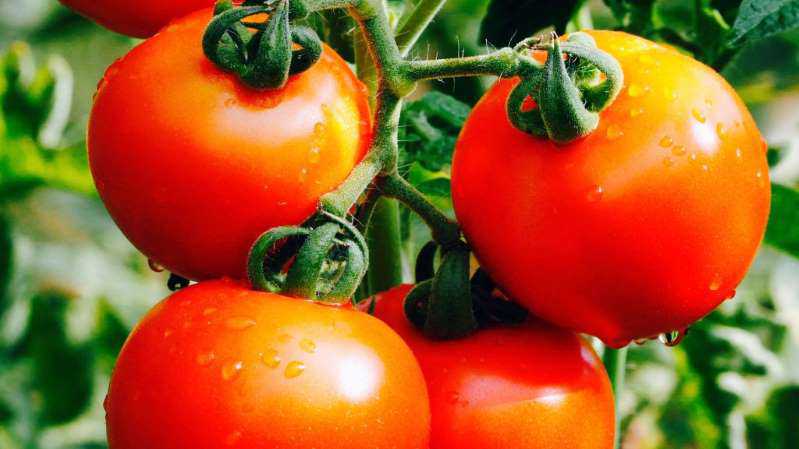Scientists are creating a perfect tomato that Europe likely won’t touch
04 October, 2018

Even if tomato growers one day manage to produce a near-perfect fruit—one that’s beautiful, juicy, nutritious, and tasty—there’s a good chance that half a billion people would automatically be denied the chance to even try it.
There’s a lot to improve on when it comes to the modern tomato. For starters, its genetic design is tailored more for growers and shippers than it is for the people who’ll ultimately buy them. The plants have been bred over the years so their fruit less frequently drops to the ground before it can be picked. And today’s tomatoes are typically sturdier than their ancestors, which helps them sustain more jostling when shipped from farms to grocery stores. But in the process, a lot of flavor was lost.
At least three groups of plant scientists around the world are currently working to figure out the precise genetic makeup to make a new tomato that meets the needs to growers and shippers, and satisfies the tastebuds of those who actually eat the fruit. They’re tinkering with the plant’s genetics using Crispr-Cas9 gene editing tools, though, which means the results may never be approved for sale in the European Union, where Crispr and similar techniques are essentially off-limits for those working in food science.
When genetically-modified foods became part of international conversation in the mid-1990s, the European public was skeptical. That was in part due to food safety scandals that had recently hit the continent, including an outbreak of mad cow disease. In general, the public had lost a degree of trust in the institutions charged with ensuring food safety, and the appetite for new types of genetically-engineered products didn’t sit well.
